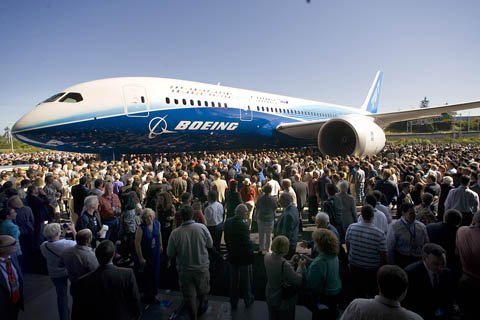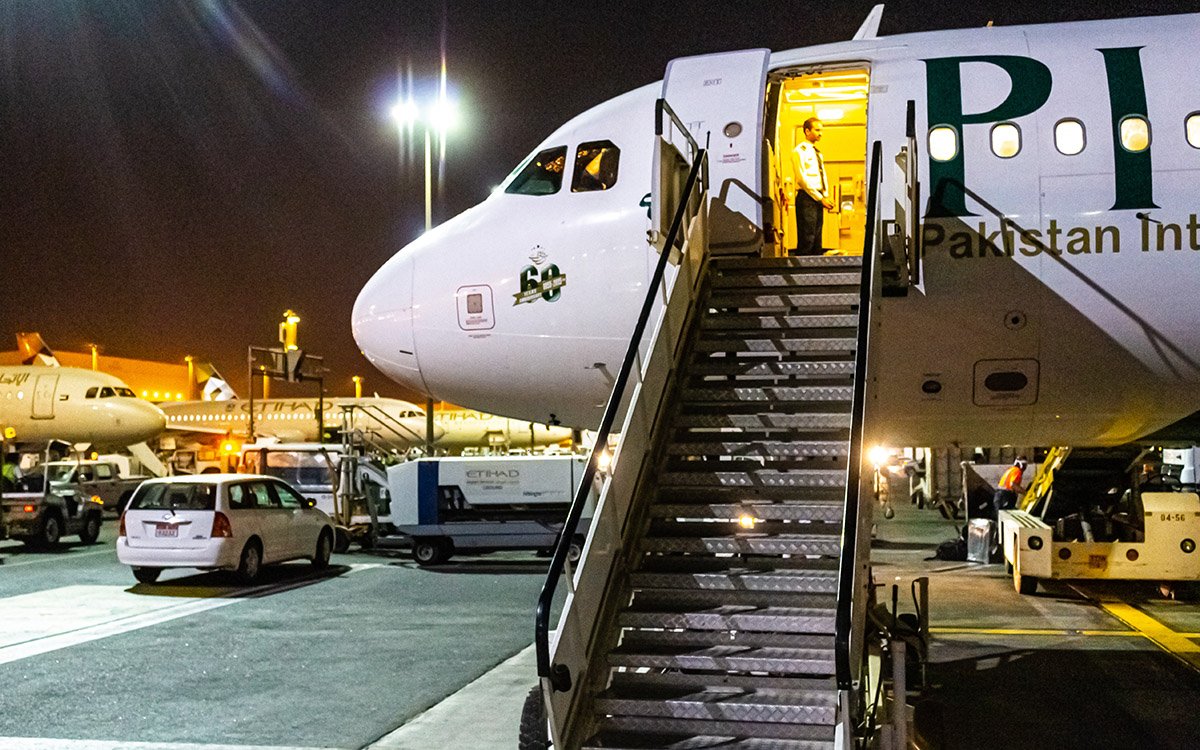Boeing, the well-known American aircraft manufacturer has been extensively assisting the aviation industry in running smooth operations by providing commercial jets for the past 100 years. Boeing is not only a pioneer in successfully manufacturing different types of aircraft but also known for introducing the latest models made up of carbon fibers and composites. This article will focus on the progressive evolution of the commercial aircraft of Boeing with its struggle to maintain its legacy.
The Beginning of the Era
The Boeing Co. was a partnership-based startup of U.S Navy Lt. George Conrad Westervelt and Seattle timberman and yachtsman, William E. Boeing. They stepped into this industry by building two seaplanes, i.e. the Model B&W. In 1916, Boeing registered its business as the Pacific Aero Products Co., which a year later was renamed as Boeing Airplane Co. The utilization of aircraft for transferring mails is what boosted the concept of commercial aviation. Therefore, after WW2 Boeing shifted towards manufacturing commercial jets.
The Seven Series of Boeing
After the introduction of the D.H. 106 Comet into the market by a British Company, Boeing showed up with its first model of commercial jet i.e. 707-120 in the U.S market in 1957. The aircraft proved to mark the entry of the new age of air travel through its extensive usage by the airlines. The quest of Pan American to fly non-stop flights urged the Boeing Company to introduce a new variant known as 707-320. The success of 707-320 led towards the development of 727-100 that was equipped with turbofan engines. Soon after developing 727-100, Boeing launched the slim and single-aisle plane 737-100. Due to its ideal nature for short-ranged flights, it remained the foremost choice of the airliners for a long time. Owe to the increasing demand for this small aircraft, Boeing kept on developing its different variants. The variety of these variants include 737-300, 737-600, 737-700, 737-800, 737-900ER, 737 MAX8, and 737 MAX9 progressively.

In 1967, Boeing introduced the first wide-body jet of length 231 feet and 10.2 inches, all made up of aluminum alloys named 747-100. This plane had a seating capacity of up to 452 passengers and was capable of conducting long-range flights. It ruled as the world’s largest commercial jet for the next 36 years via its matchless features. With the passage of time, Boeing brought its different versions including 747-400, 747-400ER, and 747-8Intercontinental. From 1981-1999, Boeing worked exceptionally in building medium-ranged commercial jets like that of 757-200, 757-300, and 767-200, 767-300ER, and 767-400ER. Then in 1994, it moved towards using composite materials for manufacturing super jets. These composite materials are mainly composed of fibers of glass or carbon and resins. They do not only give unbeaten strength to the airframe but also reduce the weight of the flying machines.
READ MORE: History of Boeing

Boeing and its modern lineup.
Boeing introduced the magnificent B777-200 by using 12% of the composites as a structural material. It was the first plane that was based on pure computerized systems. Later on, the company extensively used composite materials in developing the other variants like 777-300, 777-9, and 777X. The 777X contains massive composite-plastic wings with folded wingtips. The newly designed bird of Boeing i.e. B787-8s which is known as Dreamliner is majorly composed of composites. Its sister models are 787-9s and 787-10s are also made up of composites, computerized based, and have 50% less structural weight. This is how Boeing is maintaining its legacy of delivering the modish aircraft models capable of earning a good revenue for the jetliners.
READ MORE: From the Wright Brothers to William E. Boeing

Image Credit: Flying high
FEATURED IMAGE CREDITS: Aviation Today.


